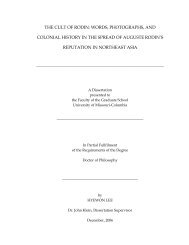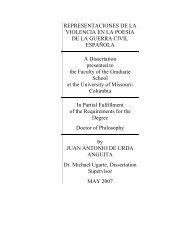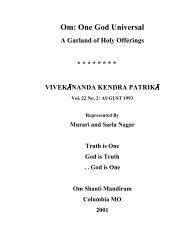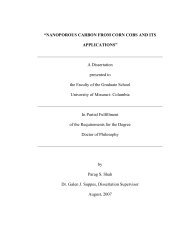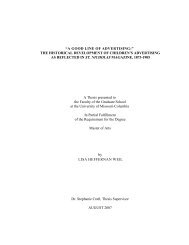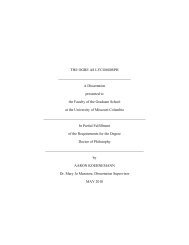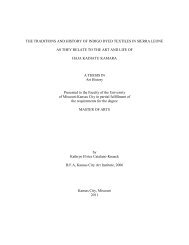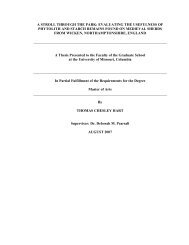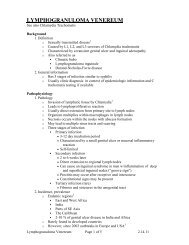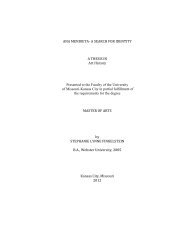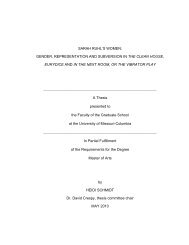Social Construction of Reality - Bad Request
Social Construction of Reality - Bad Request
Social Construction of Reality - Bad Request
Create successful ePaper yourself
Turn your PDF publications into a flip-book with our unique Google optimized e-Paper software.
the pr<strong>of</strong>ession: systemic inquiry, competence, integrity/honesty, respect for people, and<br />
responsibilities for general and public welfare. The committee, commonly called The<br />
Joint Committee, also developed The Standards for Program Evaluation: utility,<br />
feasibility, propriety, and accuracy (Patton, 1997). To this day, scholars concur that The<br />
Standards are the benchmark against which all evaluations must be measured (Patton;<br />
Preskill & Torres, 1998; Rodriguez-Campos, 2005; Rossi, Lipsey, & Freeeman;<br />
Stufflebeam & Shinkfield, 2007). The AEA is now 20 years old and has more than 5,200<br />
members who represent 60 countries. As society advances, it is important to note that the<br />
“evaluation enterprise [is] powerfully shaped by changing times” (Rossi, Lipsey, &<br />
Freeman, 2004, p. 15). Over the course <strong>of</strong> evaluation’s history, one issue has<br />
“persistently plagued evaluation researchers and practitioners… the use <strong>of</strong> evaluation<br />
findings” (Preskill & Donaldson, 2008, p. 113). It was out <strong>of</strong> concern for persistent and<br />
pervasive lack <strong>of</strong> use <strong>of</strong> evaluation findings that Patton (1997) and others began to<br />
seriously investigate and implement the utilization-focused design for evaluations.<br />
Evaluation approaches. Evaluation in practice tends to look very much like<br />
traditional academic research. Both are driven by research questions. Both must identify<br />
data collection and analysis methods. Both typically generate meaning and provide<br />
recommendations for future actions. As in traditional academia, the evaluation field <strong>of</strong><br />
practice and practitioners spans the rich spectrum <strong>of</strong> quantitative and qualitative<br />
methodologies (Patton, 1997; Preskill & Torres, 1998; Rodriguez-Campos, 2005; Rossi,<br />
Lipsey, & Freeeman; Stufflebeam & Shinkfield, 2007) However, there is a distinction to<br />
be made: “a distinguishing characteristic <strong>of</strong> evaluation is that unlike traditional forms <strong>of</strong><br />
academic research, it is grounded in the everyday realities <strong>of</strong> organizations” (Russ-Eft &<br />
20



